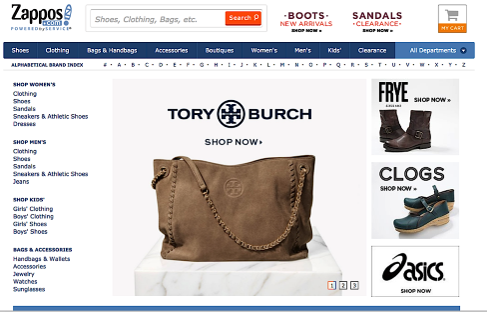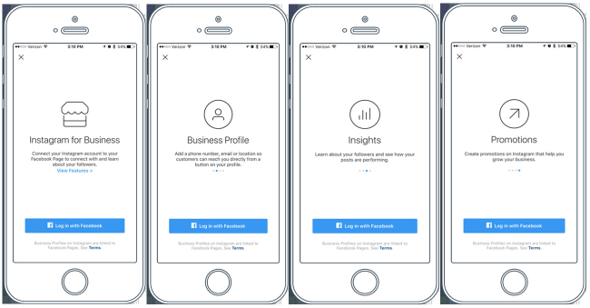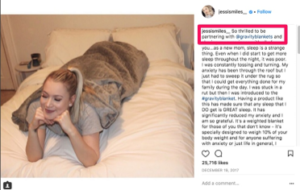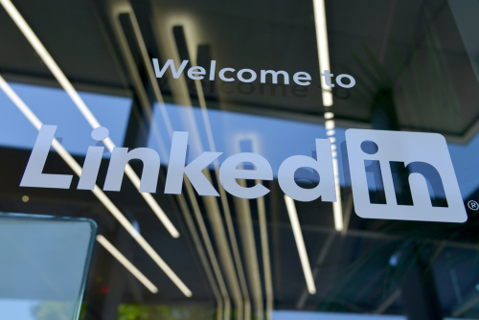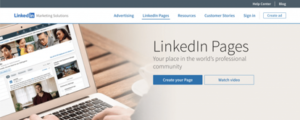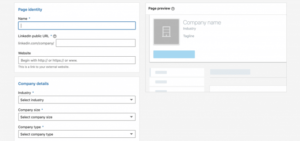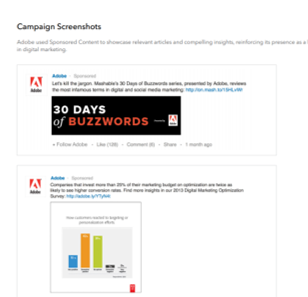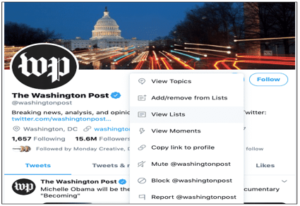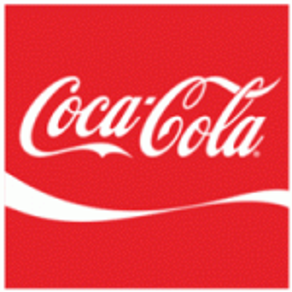Facebook: Steps for digital marketing process
- Formulation of a FACEBOOK PROFILE
Go to http://www.facebook.comand sign up - CREATE A FACEBOOK PAGE
Click on “Create a Page” and start giving it a shape of your company or brand details. You can find “Create A Page” while logged into your personal account in the top right drop down arrow. Then select a category for your business (Local, Brand or Product, or Artist, Band or Public figure). Fill out the additional fields related to your scope.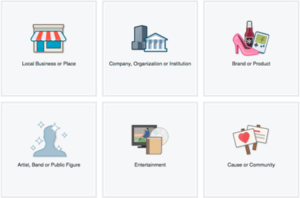
- INCLUDING ADDITIONAL ADMINS TO YOUR PAGE
If you need more than one person to have access to post on your Company’s page it is very easy to add admins to your page:
- Click on Settings in the top right of your company page (next to Help). If the person is your Facebook friend, type their name and select them from the list that appears. If the person isn’t your Facebook friend, type the email address related to his/her account
- Click Editor to select a role from the dropdown list.
- Click Save and enter your password for confirmation reasons.
4. EDIT YOUR PAGE
- Complete your Page info
- Click Edit Page Info and fill in with a description of max. 255 characters to define who you are and what you do.
- Contact information: Fill in all the ways you want people to be able to find you.
- Extra options: If it’s relevant to your business, include your operating hours, price range, and privacy policy
- INCLUDE A CALL-BUTTON
A call-to-action button offers people a quick and easy way to reach out your organization. Click Add a Button under your cover photo to set one up.
- Text
This is the most core type of Facebook post. It is literally nothing but next: No photos, no videos—not even a link.
A text-only post can’t help people to reach your website or drive conversions, but it can be used to create engagement on your Page.
- SHARE OF PHOTOS
If you sell something less tangible, stock photos can be a good tool for help.
The “photo” in your post doesn’t have to be a photo at all. It could be any kind of image, like an infographic, illustration, or any other visual. A short video post can be compelling if your product has strong visual appeal. Since videos can play automatically in the News Feed, even a clip that’s only a few seconds long post great engagement.




